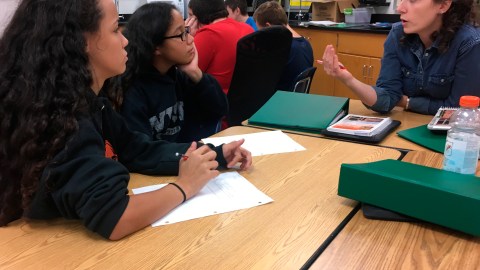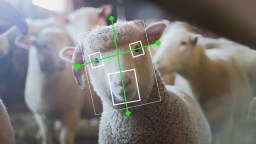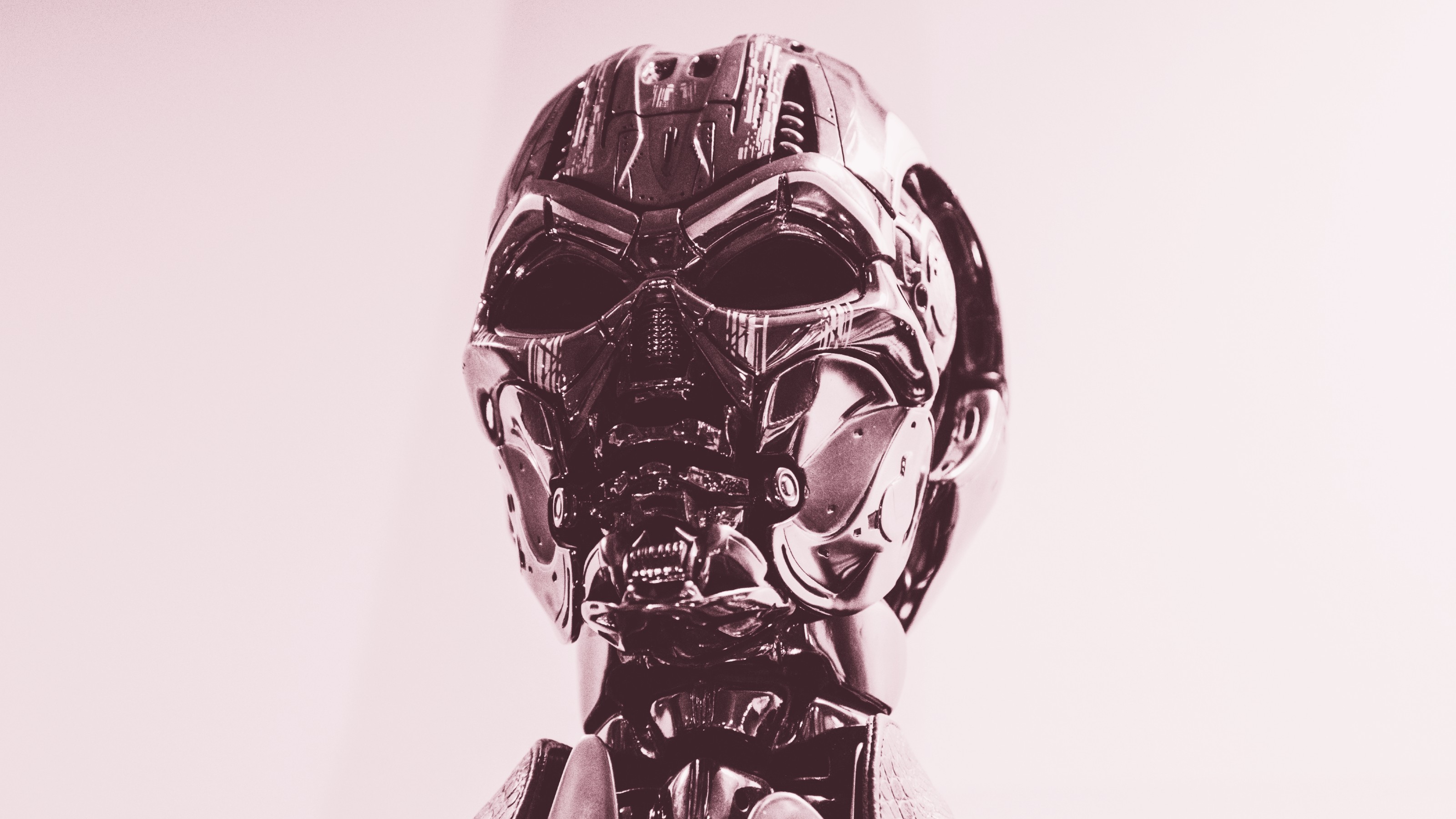Should students learn about their implicit biases in grade school?

Photo credit: Education Images / Universal Images Group via Getty Images
- Awareness of your implicit biases can lessen their effect.
- In the classic "Draw-A-Scientist Test" young students overwhelmingly drew similar representations of a scientist.
- Teaching young people to become aware of the idea of their "implicit biases" could help them better understand their peers.
Implicit bias refers to the unconscious ideas and stereotypes we hold through repeated cultural conditioning, which affects our thoughts, actions, and decision-making processes. These are often automatic or hidden associations we involuntarily hold for other groups of people. People who identify as a member of a stereotyped group can even show unconscious biases to their own group.
Researchers have found that implicit bias starts at a young age. We are often prone to stereotype because it’s easier than having to sift through a more complex and nuanced view of the people and world around us. This said, experts believe that implicit bias impacts how we engage with others, even if we consciously renounce the idea of prejudice or stereotypes.
It’s much easier to unconsciously create a stock image of a group or class of people when we’re presented with so much information throughout our lives. Yet, this unconscious and often biased picture we hold of others can, and often does, lead to skewed perceptions of others.
When it comes to dealing with perceptions of gender, race, and even what profession someone takes, our limited and implicit bias can take over. This often leaves us with faulty, diminished decision-making faculties, uncreative outlooks (aka sticking to “the status quo”), and unfair practices. For example, recently French researchers discovered that more women were promoted after scientists in charge of rewarding research positions were made aware of how their implicit bias impacted the process.
If implicit bias is something that can be overcome, even among adults (see: “You can teach an old brain new tricks“), might it be wise to give students the tools to recognize it when their young?
Conscious awareness of bias
The French study leaves us with the encouraging idea that conscious awareness of our hidden biases can lessen their effect. While we might not be able to overcome our biases completely, we can get rid of the “hidden” factor.
The study reviewed the awards handed out during competitions for elite scientific research positions. They reviewed the 414 members of the committees, who were responsible for reviewing and picking the candidates. The researchers’ assumption was that the decision made by the group would be representative of their internal makeup — that is, the members’ decisions would reflect their own group bias.
Committee members were given Harvard’s Implicit Association Test (IAT), which determined that there existed implicit gender biases among the committee. After the members were made aware of these biases, awards given out were less likely to be influenced by prejudiced notions and more women, subsequently, were promoted.
It’s important to note that there were some lapses in the study. For instance, the committee members may have been prompted to promote — or be more proactive to promote— women because they felt like they were being called out. The study was also by no means comprehensive, however, the researchers’ conclusion do give us a baseline to consider the role implicit bias plays in judging others, even in as real-world situations as job promotions.
Learning about implicit biases
Caroline Simard, Research Director at Stanford’s Clayman Institute for Gender Research spoke with UC Berkeley Lab about implicit bias in science and how it affects us throughout our lives and what we can do about it.
Our brains look for shortcuts to make quicker snap decisions, stereotypes are one of the ways we shortcut the decision-making process.
Simard gives a classic example from a famous study called the Draw-A-Scientist Test.
“If you ask kindergarteners to draw a scientist you’re going to have about half of them draw a male scientist, half of them draw a female scientist. By third-grade 75 percent draw a male scientist and if you look at the drawings they all start looking eerily similar. They’re starting to look like the stereotype: it’s a middle-aged man with the white lab coat, the little pencils in the pocket, glasses, and very interesting hair patterns. This stereotype essentially evokes Einstein.”
David Wade Chambers, who first published this research in the 1980s, was able to show that children quickly began to develop stereotypical biased views of scientists at a very young age, while finding that the bias was progressively reinforced as they got older. This translates over to a great deal of other biases as well. Simard adds:
“Media images have a big role to play and, unfortunately, what research shows is that children’s shows and children’s cartoons are especially good at reinforcing stereotypes. But the opposite could also be true, you could reinforce the other stereotype by including more diversity in the media images.”
Indeed, Simard believes there’s a direct way to counterbalance implicit bias: While it’s being reinforced through the media, educational awareness may dim it’s influence, as suggested by the results of the French research committee study.
Some universities have started offering courses to mitigate this. The Berkeley Lab’s UC Managing Implicit Bias Series, for instance, is an online course that’s designed to increase the awareness of implicit bias in hopes of reducing its impact at the university community. “And just about everyone is prone to biases, whether you’re male or female, white or non-white, scientist or not,” says Simard.
A case can be made for implementing courses like this for younger students in grade school. Most courses today are directed at instructors, college students, and professionals in the workplace. Most courses utilize the Harvard IAT as a cornerstone of their instruction and teaching.
It has a number of thorough tests regarding race, religion, gender, disability, weight, skin tone, age, and many more that are all meant to give you a read on your own implicit biases.
A subset of this test made for younger students or at least the test given to their instructors could help propel a way for students to learn about the phenomenon of biases being given agency, often without any leash — awareness. Instruction could be given in the form of a creative prompt that propel students to develop different ways of envisioning people — for example, in the representation of a scientist. Supplementary materials could include a diverse range of books, documentaries, and imagery of diverse scientists — again, just one example — throughout the centuries.
Contemporary students need new, flexible ways of viewing the world around them. Take for example, the push for young students to learn architecture to develop critical thinking skills. It was found that teaching them the skills of an architect, even though they may never pick up the profession, gave them greater problem-solving skills.
Perhaps an early understanding of implicit bias could, likewise, pave the way for students to expand their critical thinking skills — all the while developing a thoughtfulness when it comes to viewing people who seem different from themselves.





